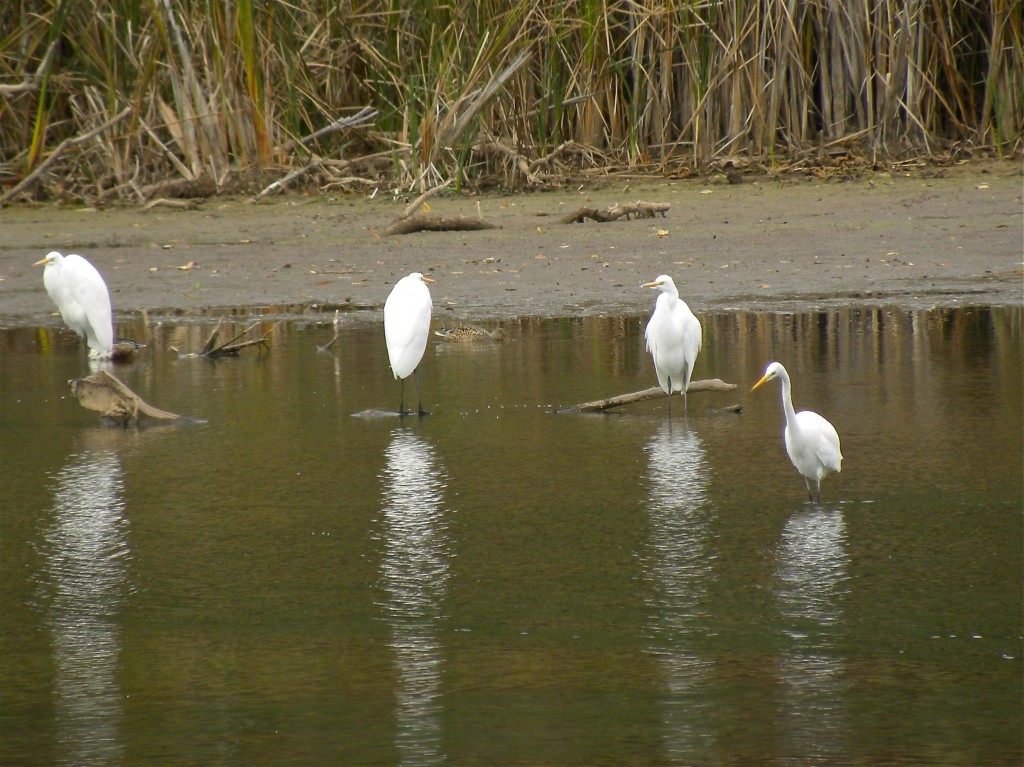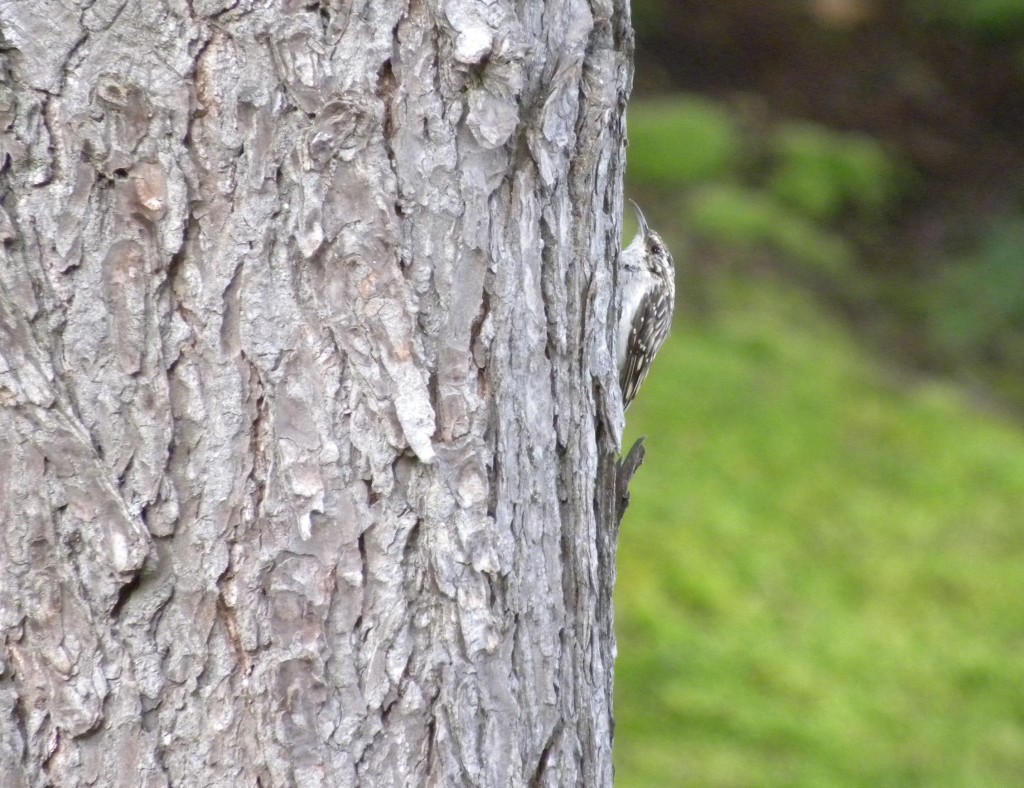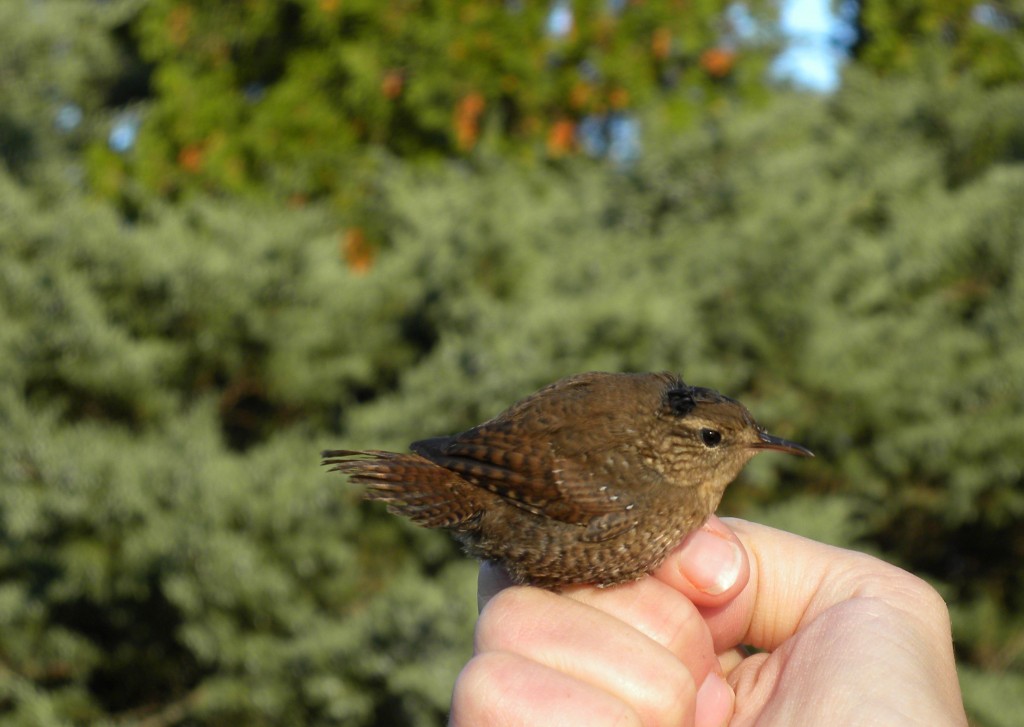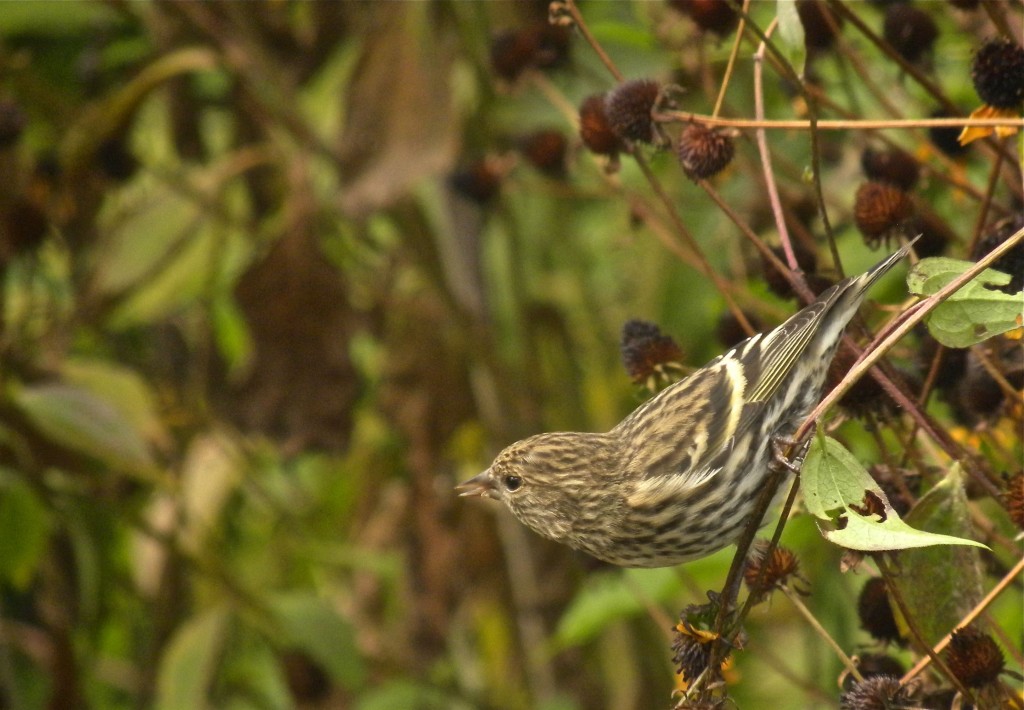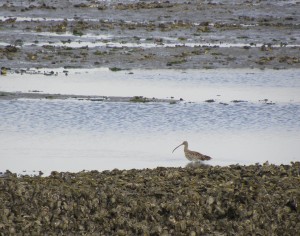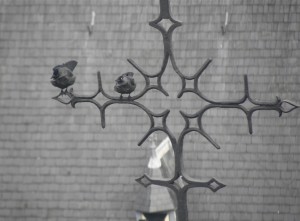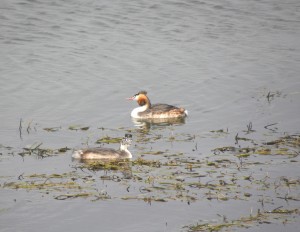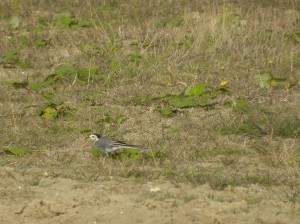October 17 2012. Cootes Paradise, Hamilton, ON. Some days are just average, even a bit mundane. But the basic tenet of this blog remains intact: there’s always one bird, no matter how ordinary the day, that stands out as the Bird of the Day. Yesterday I went out to check a small stand of Pawpaw trees that grow not far from here, I wanted to see if they’d borne fruit this year and maybe collect just a few seeds; they had and I did. But it would have been negligent of me if I’d left my binoculars and camera behind so my forestry expedition soon became another birding walk.
It was pretty good, I flushed a family of White-tailed Deer hunkered down in some long grass just before coming across a Winter Wren popping around low in some alders, then found that the trails were alive with White-throated Sparrows and Yellow-rumped Warblers, and Red-bellied, Downy and Hairy Woodpeckers were just flitting around chattering among themselves.
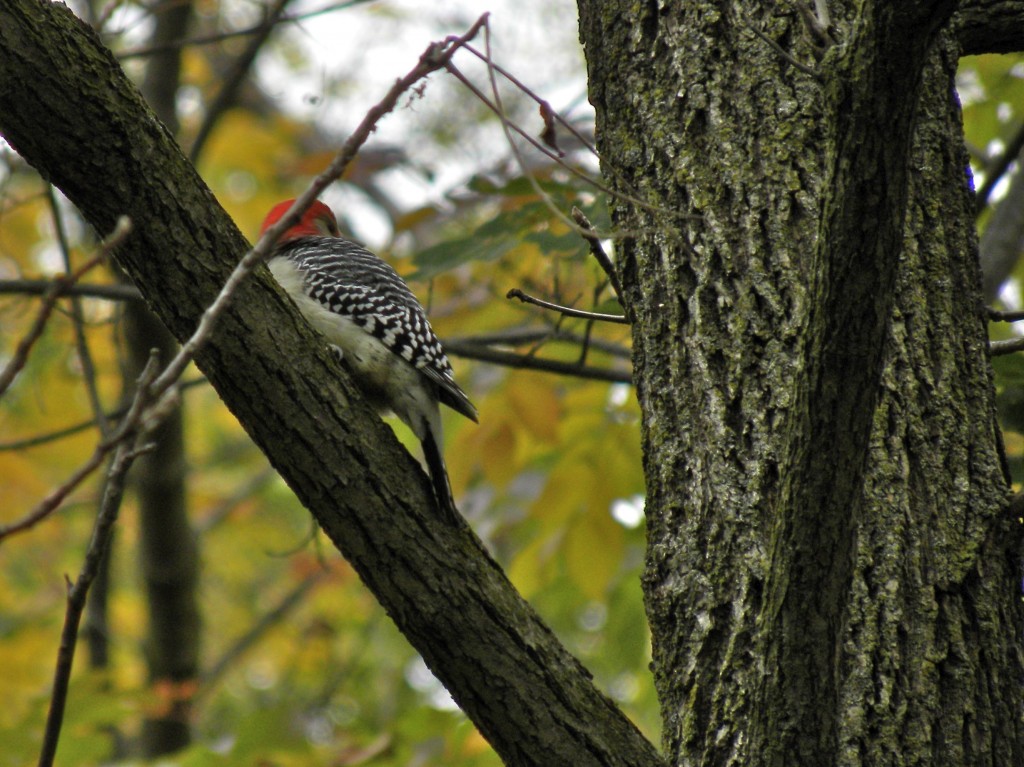
And so it went for an hour or so, the page of my notebook filled up, there were Northern Shovelers and Green-winged Teal a few hundred yards offshore and a Carolina Wren started purring from deep in the overgrown honeysuckles.
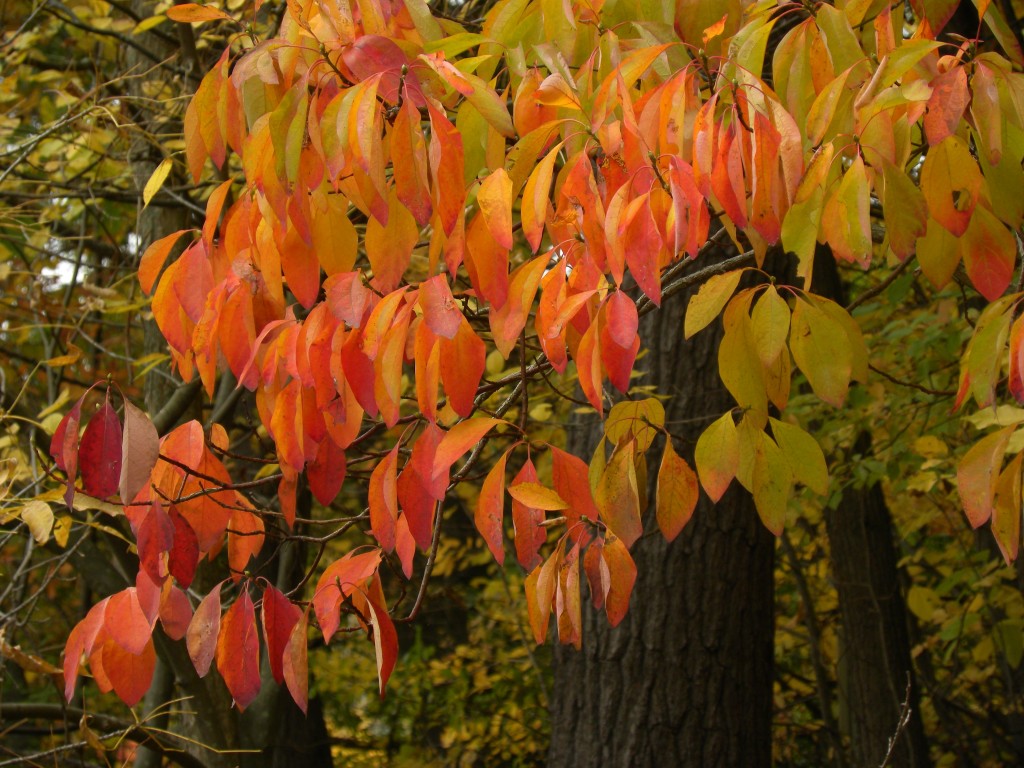
My original tree-centric purpose of the walk was brought back into focus by the glowing reds and oranges in the Sassafras trees. Arguably they were more noteworthy, more attention-grabbing than any of the birds I’d seen along the way. It was an average day, so far.
On my way home I stopped to see if some bridge construction that had temporarily blocked access to a great birding spot, had been completed; it had. And there just a hundred yards away, standing stoically in a shallow pond, were four Great Egrets, just when I thought the egrets had left for the year, so I got that little surge of pleasure that made me say Wow! Here they are, my Birds of the Day.